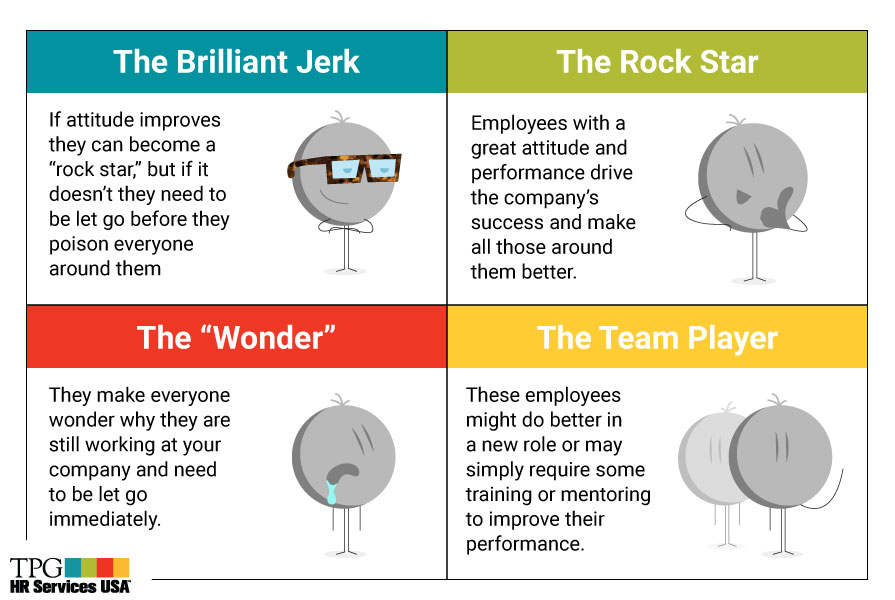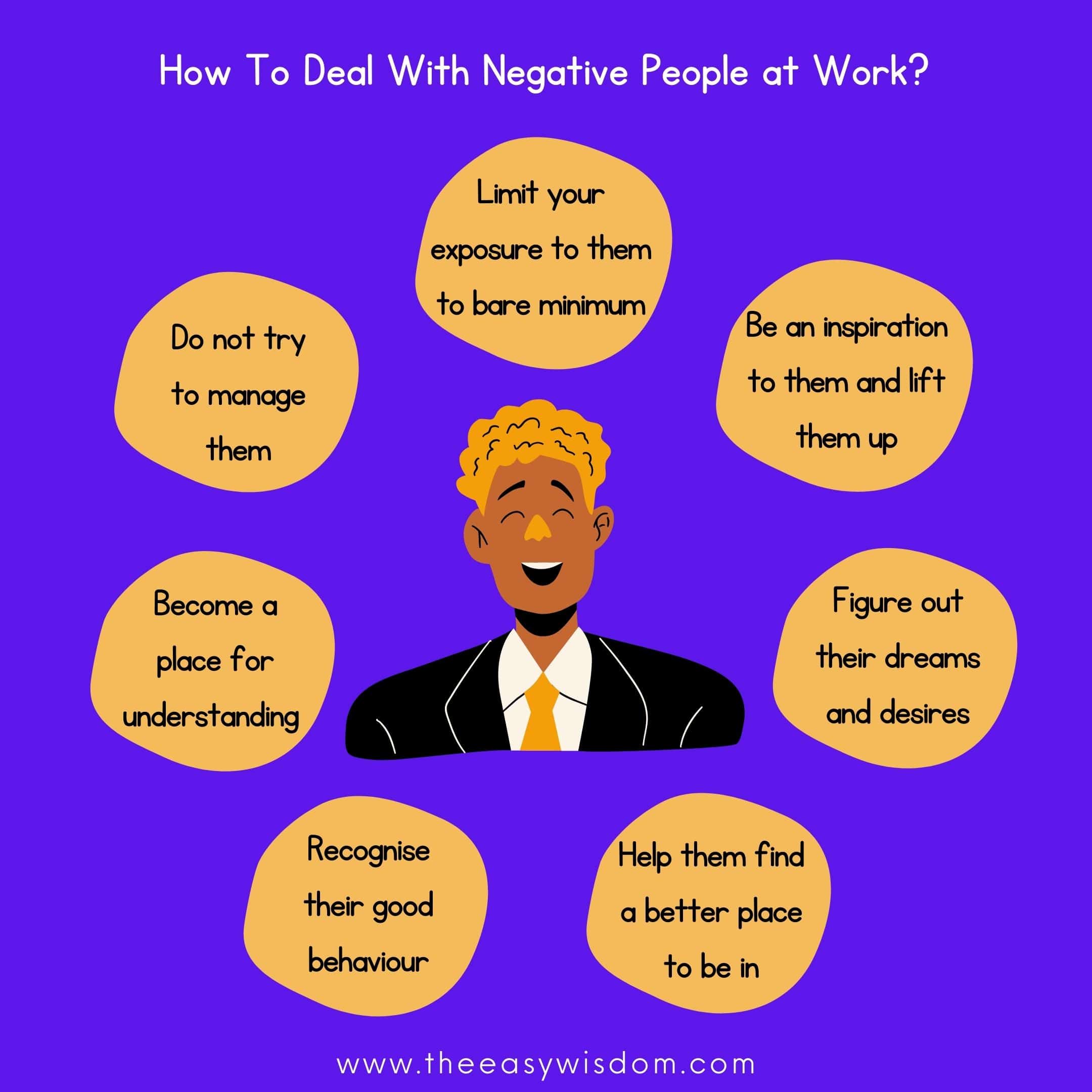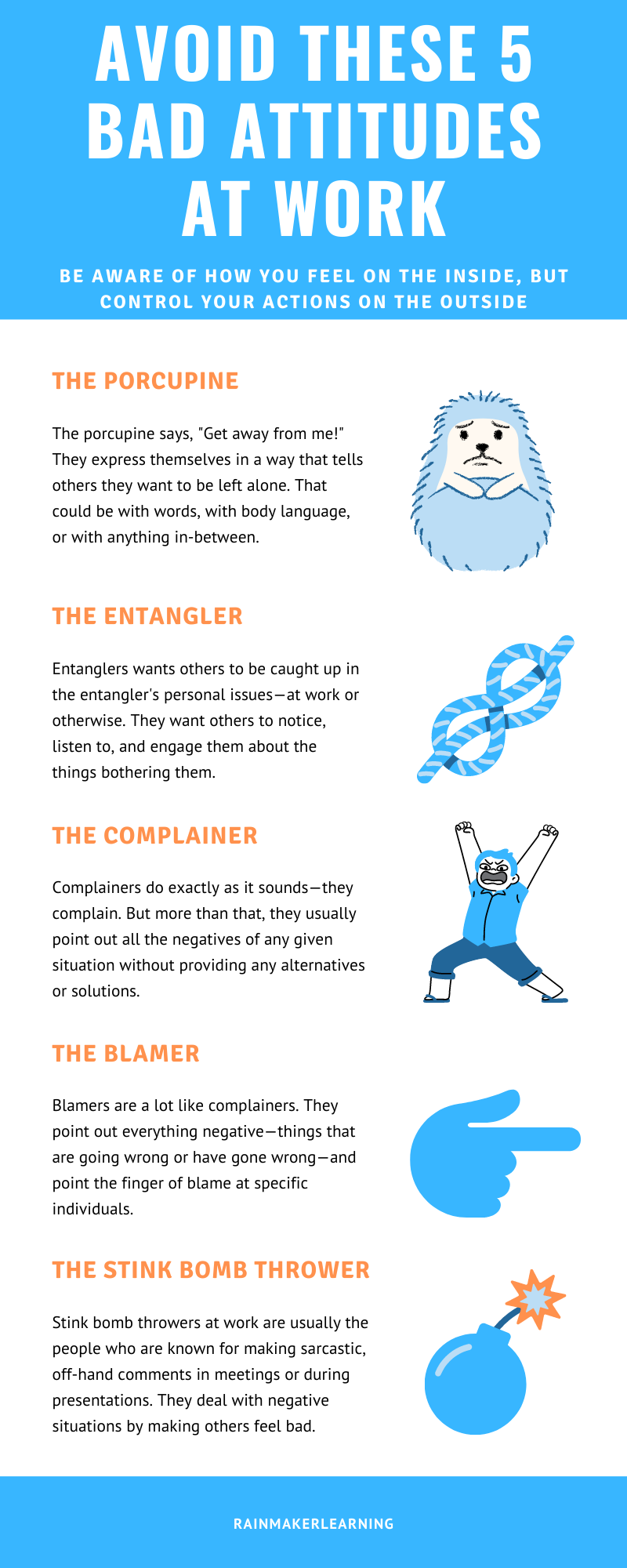How To Deal With An Employee With A Bad Attitude

Employee morale plummeting? Toxic negativity spreading like wildfire? Addressing a bad attitude promptly is crucial to prevent further damage to your team and business.
This guide provides immediate, actionable steps for managers to tackle disruptive behaviors, restore workplace harmony, and maintain productivity.
Identify the Root Cause
Before confronting the employee, investigate. Understand the "why" behind the attitude shift.
Is it a temporary issue stemming from personal problems, or a deeper dissatisfaction with the job itself?
Talk to colleagues. Have they observed similar behavior or heard complaints?
Document Everything
Maintain a detailed record of instances of negative behavior. Include dates, times, specific examples, and witnesses if any.
This documentation is crucial for future disciplinary actions, if necessary. It helps avoid claims of bias or unfair treatment.
Direct and Private Conversation
Schedule a private meeting. Choose a neutral setting to minimize defensiveness.
Be direct and specific when describing the problematic behavior. Avoid generalizations.
Focus on the impact of the behavior on the team and the work environment. For instance, say "Your negativity during team meetings discourages others from sharing ideas," instead of "You're always negative."
Active Listening and Empathy
Allow the employee to explain their perspective. Listen attentively and try to understand their concerns.
Show empathy without condoning the bad attitude. Acknowledge their feelings, but reinforce expectations for professional conduct.
Perhaps there are underlying issues that can be addressed, such as lack of training or unclear expectations.
Set Clear Expectations and Consequences
Reinforce company policies and expectations for professional behavior. Make it explicit what is expected.
Clearly outline the consequences of continued negative behavior. This might include verbal warnings, written warnings, performance improvement plans (PIPs), or even termination.
"According to a 2023 study by SHRM, consistent application of workplace policies is critical for maintaining employee trust and preventing legal challenges."
Develop a Performance Improvement Plan (PIP)
If the situation warrants it, create a PIP. The PIP should outline specific goals, timelines, and measurable outcomes.
Provide the employee with the resources and support they need to improve. Regular check-ins and feedback are essential.
A PIP should be viewed as an opportunity for improvement, not simply a prelude to termination.
Follow Up and Monitor Progress
Regularly monitor the employee's behavior. Provide ongoing feedback and coaching.
Document any improvements or setbacks. Consistency is key to ensuring accountability.
Celebrate positive changes. Acknowledge and reward improvements in attitude and behavior. Reinforce positive behaviors.
Know When to Cut Your Losses
Despite best efforts, some employees may not be willing or able to change. If the negative behavior persists and continues to disrupt the workplace, termination may be necessary.
Consult with HR to ensure all legal requirements are met before taking any disciplinary action. Protect your organization from potential lawsuits.
Remember, a toxic employee can have a significant negative impact on team morale and productivity. Protecting your team is paramount.
Next Steps
Implement regular employee surveys. This can help identify potential issues before they escalate into major problems. Focus on promoting a positive and supportive work environment.
Offer management training on conflict resolution and performance management. Equip managers with the skills and knowledge they need to address difficult employee situations. Consider offering employee assistance programs (EAPs) for mental health and wellbeing support.
By taking proactive steps, you can create a workplace where employees feel valued, supported, and motivated to perform their best.


















